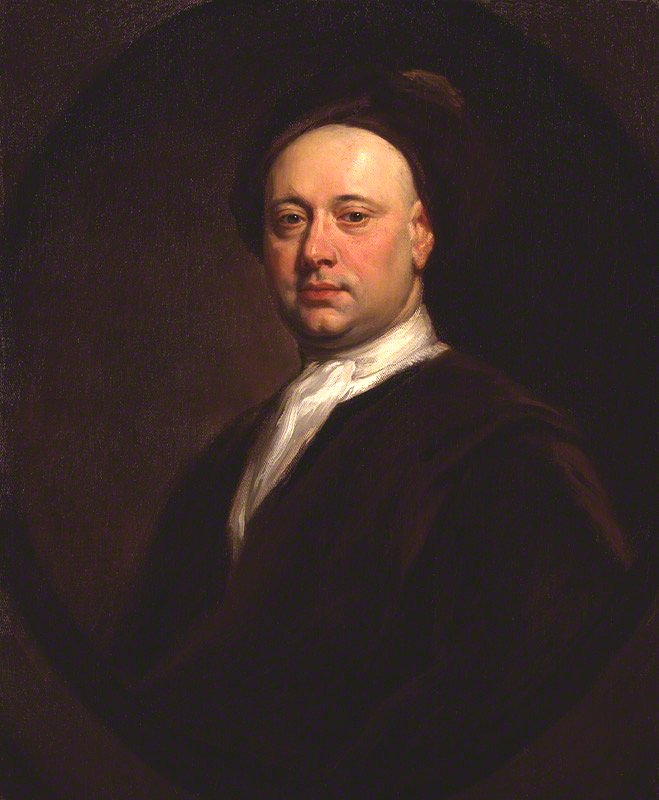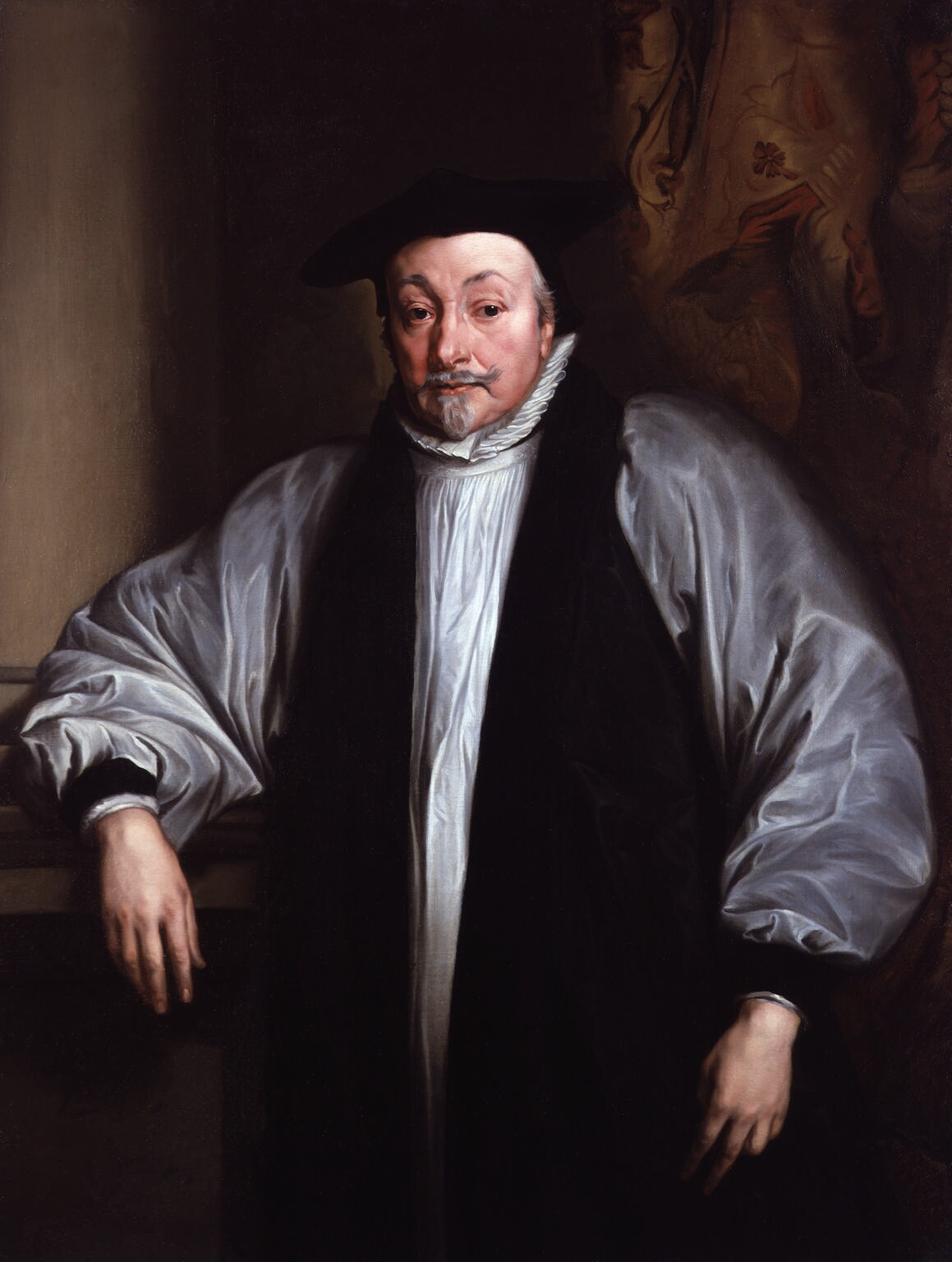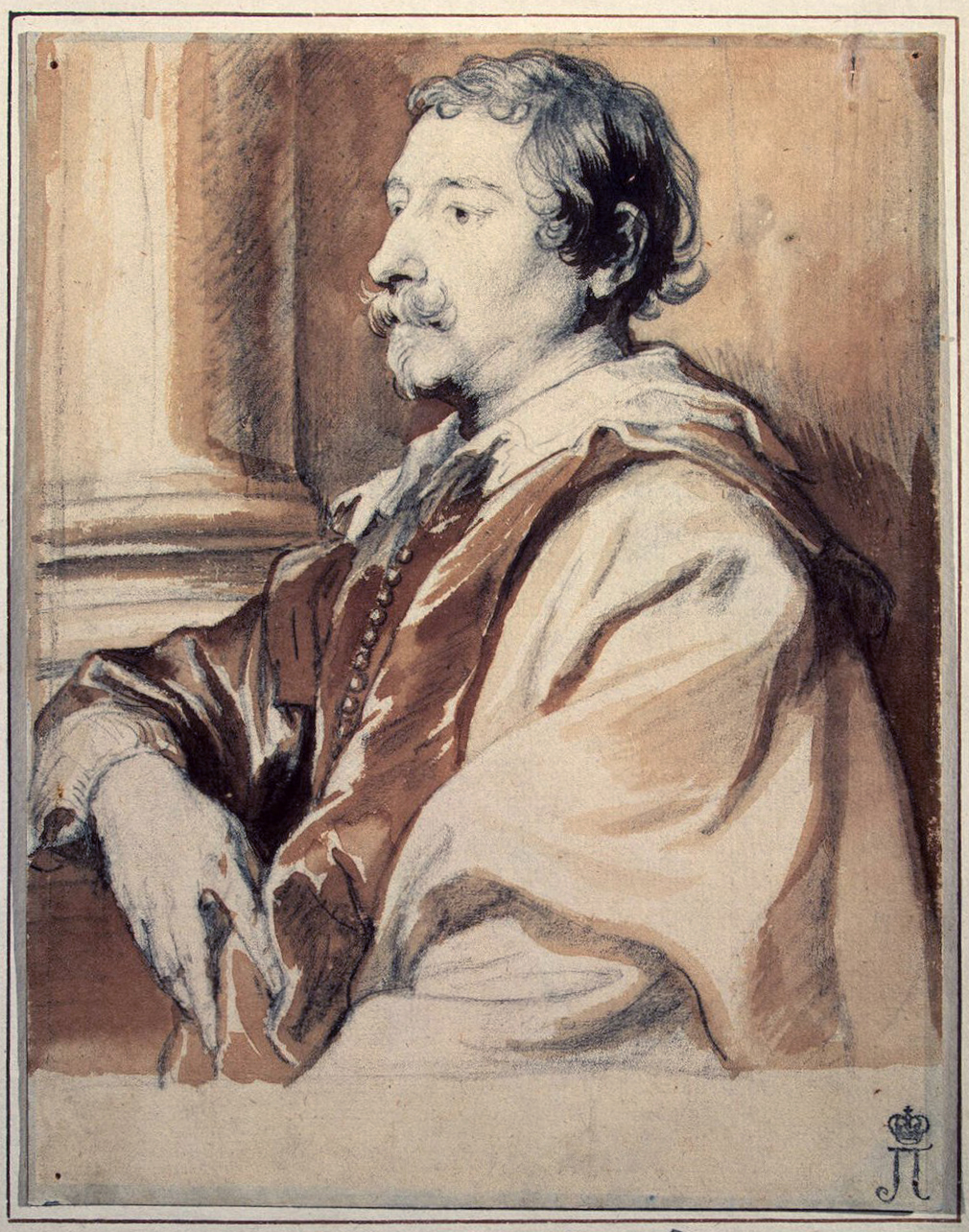|
Wenceslas Hollar
Wenceslaus Hollar (23 July 1607 – 25 March 1677) was a prolific and accomplished Bohemian graphic artist of the 17th century, who spent much of his life in England. He is known to German speakers as ; and to Czech speakers as . He is particularly noted for his engravings and etchings. He was born in Prague, died in London, and was buried at St Margaret's Church, Westminster. Early life After his family was ruined by the Sack of Prague in the Thirty Years' War, the young Hollar, who had been destined for the legal profession, decided to become an artist. The earliest of his works that have come down to us are dated 1625 and 1626; they are small plates, and one of them is a copy of a "Virgin and Child" by Dürer, whose influence upon Hollar's work was always great. In 1627 he was in Frankfurt where he was apprenticed to the renowned engraver Matthäus Merian. In 1630 he lived in Strasbourg, Mainz and Koblenz, where Hollar portrayed the towns, castles, and landscapes of the ... [...More Info...] [...Related Items...] OR: [Wikipedia] [Google] [Baidu] |
Jan Meyssens
Joannes (Johannes, Jan, or Jean) Meyssens (17 May 1612 – 18 September 1670), was a Flemish Baroque painter, engraver, and print publisher. Life He was born in Brussels, but moved to Antwerp at an early age, where he became master of the Guild of St. Luke in 1640. He married Anna Jacobs (died 1678).Joannes Meyssens at the Netherlands Institute for Art History Joannes Meyssens' son Cornelis Meyssens, Cornelis became also an engraver who later worked in Vienna. Work He had a successful business collaborating with contemporary painters and engravers, and is most notable today for his book of prints called ''Image de divers hommes d'esprit sublime qui par leur art et science devront vivre eternellement et des quels la lovange et renommée faict estonner le monde, A Anvers mis en lumiere par Iean Meyssens peinctre et vendeu ...[...More Info...] [...Related Items...] OR: [Wikipedia] [Google] [Baidu] |
Emperor Ferdinand II
Ferdinand II (9 July 1578 – 15 February 1637) was Holy Roman Emperor, King of Bohemia, Hungary, and Croatia from 1619 until his death in 1637. He was the son of Archduke Charles II of Inner Austria and Maria of Bavaria. His parents were devout Catholics, and, in 1590, they sent him to study at the Jesuits' college in Ingolstadt because they wanted to isolate him from the Lutheran nobles. In July that same year (1590), when Ferdinand was 12 years old, his father died, and he inherited Inner Austria–Styria, Carinthia, Carniola and smaller provinces. His cousin, the childless Rudolf II, Holy Roman Emperor, who was the head of the Habsburg family, appointed regents to administer these lands. Ferdinand was installed as the actual ruler of the Inner Austrian provinces in 1596 and 1597. Rudolf II also charged him with the command of the defense of Croatia, Slavonia, and southeastern Hungary against the Ottoman Empire. Ferdinand regarded the regulation of religious issues as a ... [...More Info...] [...Related Items...] OR: [Wikipedia] [Google] [Baidu] |
William Faithorne
William Faithorne, often "the Elder" (161613 May 1691), was an English painter and engraver. Life Faithorne was born in London and was apprenticed to William Peake. On the outbreak of the Civil War Faithorne accompanied his master into the king's service, and being made prisoner at Basing House, he was confined for some time to Aldersgate, where, however, he was permitted to follow his profession of engraver, and among other portraits did a small one of George Villiers, 1st Duke of Buckingham. At the earnest solicitation of his friends Faithorne very soon regained his liberty, but only on condition of retiring to France, where he received instruction from Robert Nanteuil Robert Nanteuil (; 1623 – 9 December 1678) was a French portrait artist: engraver, draughtsman and pastellist to the court of Louis XIV. Life He was born in Reims in 1623, [...More Info...] [...Related Items...] OR: [Wikipedia] [Google] [Baidu] |
Inigo Jones
Inigo Jones (; 15 July 1573 – 21 June 1652) was the first significant architect in England and Wales in the early modern period, and the first to employ Vitruvian rules of proportion and symmetry in his buildings. As the most notable architect in England and Wales, Jones was the first person to introduce the classical architecture of Rome and the Italian Renaissance to Britain. He left his mark on London by his design of single buildings, such as the Queen's House which is the first building in England designed in a pure classical style, and the Banqueting House, Whitehall, as well as the layout for Covent Garden square which became a model for future developments in the West End. He made major contributions to stage design by his work as theatrical designer for several dozen masques, most by royal command and many in collaboration with Ben Jonson. Early life and career Beyond the fact that he was born in Smithfield, London, as the son of clothworker Inigo Jones Snr., and ... [...More Info...] [...Related Items...] OR: [Wikipedia] [Google] [Baidu] |
English Civil War
The English Civil War (1642–1651) was a series of civil wars and political machinations between Parliamentarians (" Roundheads") and Royalists led by Charles I ("Cavaliers"), mainly over the manner of England's governance and issues of religious freedom. It was part of the wider Wars of the Three Kingdoms. The first (1642–1646) and second (1648–1649) wars pitted the supporters of King Charles I against the supporters of the Long Parliament, while the third (1649–1651) saw fighting between supporters of King Charles II and supporters of the Rump Parliament. The wars also involved the Scottish Covenanters and Irish Confederates. The war ended with Parliamentarian victory at the Battle of Worcester on 3 September 1651. Unlike other civil wars in England, which were mainly fought over who should rule, these conflicts were also concerned with how the three Kingdoms of England, Scotland and Ireland should be governed. The outcome was threefold: the trial of and ... [...More Info...] [...Related Items...] OR: [Wikipedia] [Google] [Baidu] |
James II Of England
James VII and II (14 October 1633 16 September 1701) was King of England and King of Ireland as James II, and King of Scotland as James VII from the death of his elder brother, Charles II, on 6 February 1685. He was deposed in the Glorious Revolution of 1688. He was the last Catholic monarch of England, Scotland, and Ireland. His reign is now remembered primarily for conflicts over religious tolerance, but it also involved struggles over the principles of absolutism and the divine right of kings. His deposition ended a century of political and civil strife in England by confirming the primacy of the English Parliament over the Crown. James succeeded to the thrones of England, Ireland, and Scotland following the death of his brother with widespread support in all three countries, largely because the principles of eligibility based on divine right and birth were widely accepted. Tolerance of his personal Catholicism did not extend to tolerance of Catholicism in general, an ... [...More Info...] [...Related Items...] OR: [Wikipedia] [Google] [Baidu] |
Shilling
The shilling is a historical coin, and the name of a unit of modern currencies formerly used in the United Kingdom, Australia, New Zealand, other British Commonwealth countries and Ireland, where they were generally equivalent to 12 pence or one-twentieth of a pound before being phased out during the 20th century. Currently the shilling is used as a currency in five east African countries: Kenya, Tanzania, Uganda, Somalia, as well as the ''de facto'' country of Somaliland. The East African Community additionally plans to introduce an East African shilling. History The word ''shilling'' comes from Old English "Scilling", a monetary term meaning twentieth of a pound, from the Proto-Germanic root skiljaną meaning 'to separate, split, divide', from (s)kelH- meaning 'to cut, split.' The word "Scilling" is mentioned in the earliest recorded Germanic law codes, those of Æthelberht of Kent. There is evidence that it may alternatively be an early borrowing of Phoenician ... [...More Info...] [...Related Items...] OR: [Wikipedia] [Google] [Baidu] |
Peter Stent
Peter Stent (c. 1613–1665) was a seventeenth-century London printseller, who from the early 1640s until his death ran one of the biggest printmaking businesses of the day. Stent originally was an engraver himself. Edward Calver wrote verses to a set of Stent's plates from 1635. He then sold works of other artists, such as John Dunstall, John Fillian, Richard Gaywood, and George Glover. He also recycled plates he had acquired, in new printings: for example of the penmanship of Martin Billingsley, by George Gifford, from Sir Robert Peake and Thomas Rowlett via Thomas Hinde. Stent died in the Great Plague of London. His business was taken over by John Overton. References *Alexander Globe (1985). ''Peter Stent, London Printseller''. University of British Columbia The University of British Columbia (UBC) is a public university, public research university with campuses near Vancouver and in Kelowna, British Columbia. Established in 1908, it is British Columbia's oldest ... [...More Info...] [...Related Items...] OR: [Wikipedia] [Google] [Baidu] |
George Vertue
George Vertue (1684 – 24 July 1756) was an English engraver and antiquary, whose notebooks on British art of the first half of the 18th century are a valuable source for the period. Life Vertue was born in 1684 in St Martin-in-the-Fields, London, his father, perhaps a tailor, and mother are noted as 'Roman Catholic'. At the age of 13, he was apprenticed to a prominent heraldic engraver of French origin who became bankrupt and returned to France. Vertue worked seven years under Michael Vandergucht, before operating independently. He was amongst the first members of Godfrey Kneller's London Academy of Painting, who had employed him to engrave portraits. citing: Walpole's ''Anecdotes of Painting''; Nichols's ''Literary Anecdotes'', ii. 246; Chester's ''Westminster Abbey Reg.''; Dodd's manuscript ''Hist. of English Engravers'' in Brit. Mus. (Addit. MS. 33406). It was there that he became a pupil of Thomas Gibson, a leading portrait painter. Vertue had a deep interest in antiqu ... [...More Info...] [...Related Items...] OR: [Wikipedia] [Google] [Baidu] |
John Greaves
John Greaves (1602 – 8 October 1652) was an English mathematician, astronomer and antiquarian. Educated at Balliol College, Oxford, he was elected a Fellow of Merton College in 1624. He studied Persian and Arabic, acquired a number of old books and manuscripts for archbishop William Laud (some still in Merton College Library), and wrote a treatise (in Latin) on the Persian language. He travelled in Italy and the Levant from 1636 to 1640 and made a survey of the Great Pyramid of Giza. He was Gresham Professor of Geometry at Gresham College, London, and Savilian professor of astronomy at Oxford University, and collected astrolabes and astronomical measuring devices (now in the Museum of the History of Science, Oxford). He was particularly interested in the study of weights and measures, and wrote a treatise on the Roman foot and denarius, and was a keen numismatist. In 1645 he attempted a reform of the Julian calendar, which was not adopted. During the English Civil War he supp ... [...More Info...] [...Related Items...] OR: [Wikipedia] [Google] [Baidu] |
Alethea Howard, Countess Of Arundel
Alethea Howard, 14th Baroness Talbot, 17th Baroness Strange of Blackmere, 13th Baroness Furnivall, Countess of Arundel (1585 – ), née Lady Alethea Talbot (pronounced "Al-EE-thia"), was a famous patron and art collector, and one of England's first published female scientists. She was the wife of Thomas Howard, 21st Earl of Arundel with whom she built one of the most important art collections in 17th-century England. She was the youngest daughter of Gilbert Talbot, 7th Earl of Shrewsbury and his wife Mary Cavendish; and the sister of two other countesses: Mary Herbert, Countess of Pembroke and Elizabeth Grey, Countess of Kent. Marriage and issue Lady Alethea Talbot was born in Sheffield, Yorkshire in 1585. In September 1606, she married the courtier Thomas Howard. They had six children; their first son died as a youth aged 17; three died in infancy: * James Howard, Baron Maltravers (1607–1624) *Henry Frederick Howard, 22nd Earl of Arundel (1608–1652) *William Howard, 1 ... [...More Info...] [...Related Items...] OR: [Wikipedia] [Google] [Baidu] |
Cornelius Schut
Cornelis Schut (13 May 1597 – 29 April 1655) was a Flemish painter, draughtsman, engraver and tapestry designer who specialized in religious and mythological scenes. Presumed to have trained under Rubens, he treated Counter-Reformation subjects in a High-Baroque style. After a stay in Italy, he worked mainly in Antwerp where he was one of the leading history painters in the first half of the 17th century.Hans Vlieghe, ''Cornells Schut in Italy'' in Hoogsteder & Hoogsteder, 11 May 2010 Life [...More Info...] [...Related Items...] OR: [Wikipedia] [Google] [Baidu] |


.jpg)







